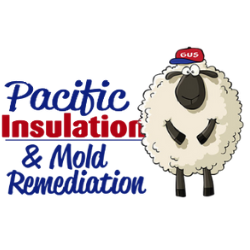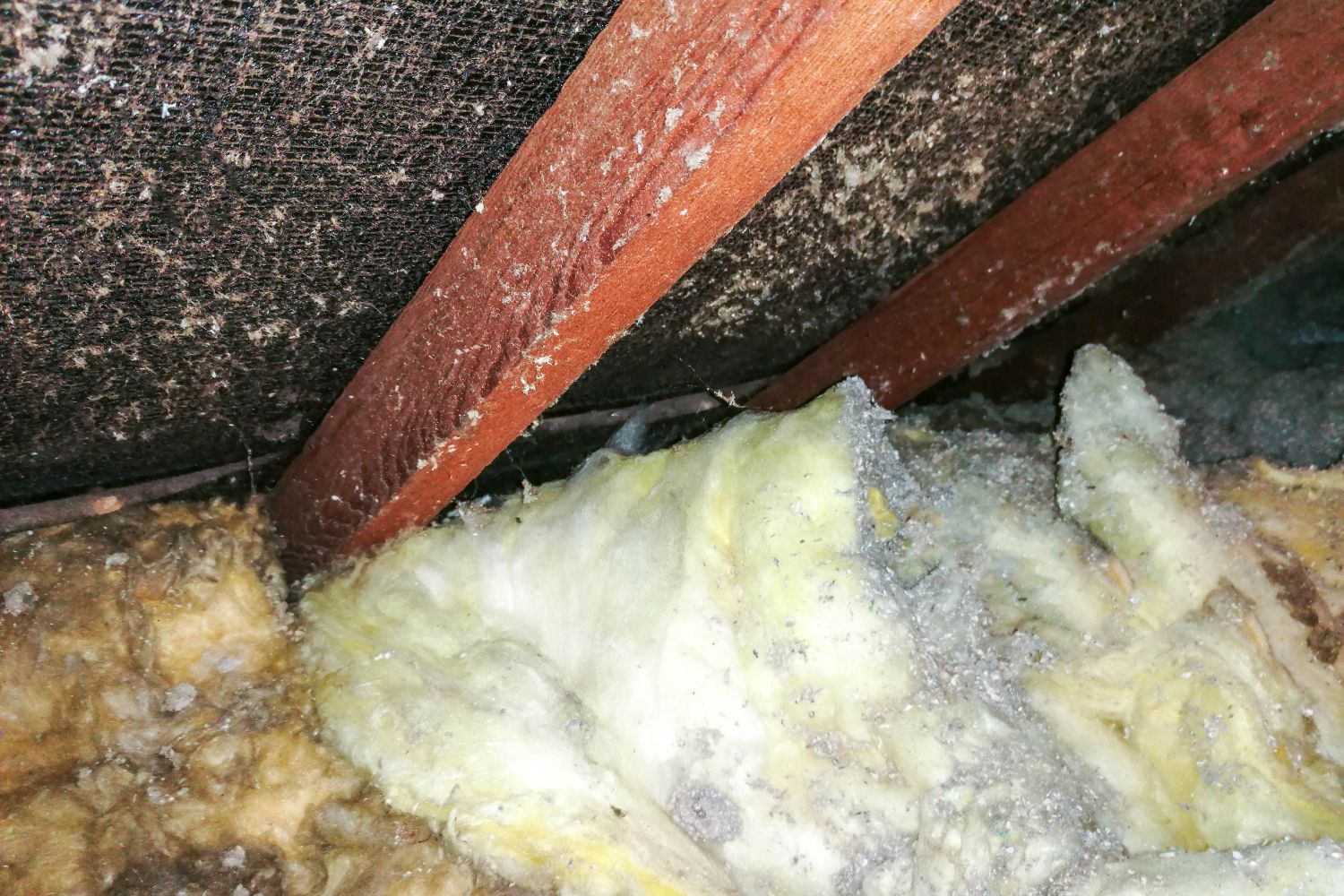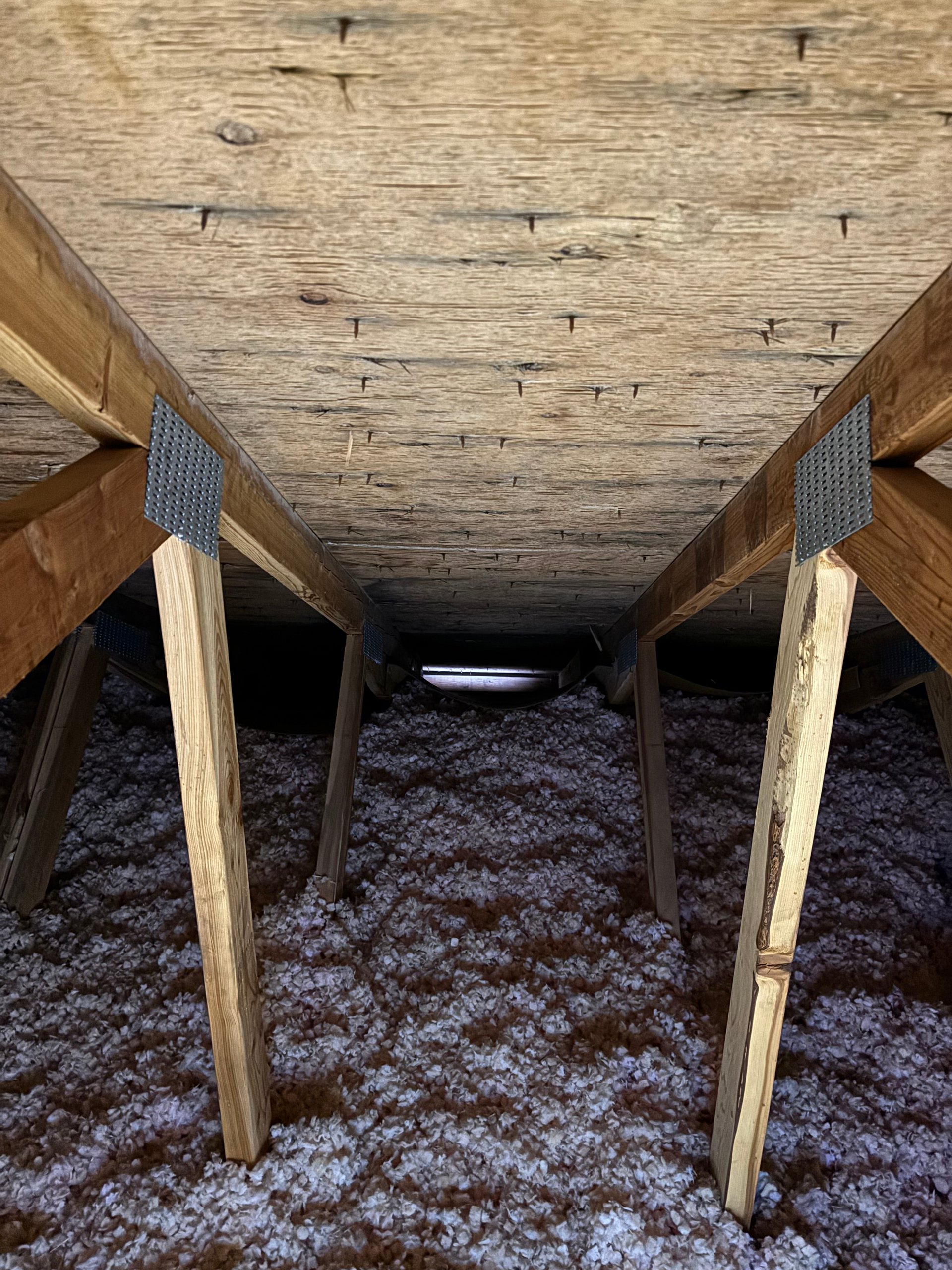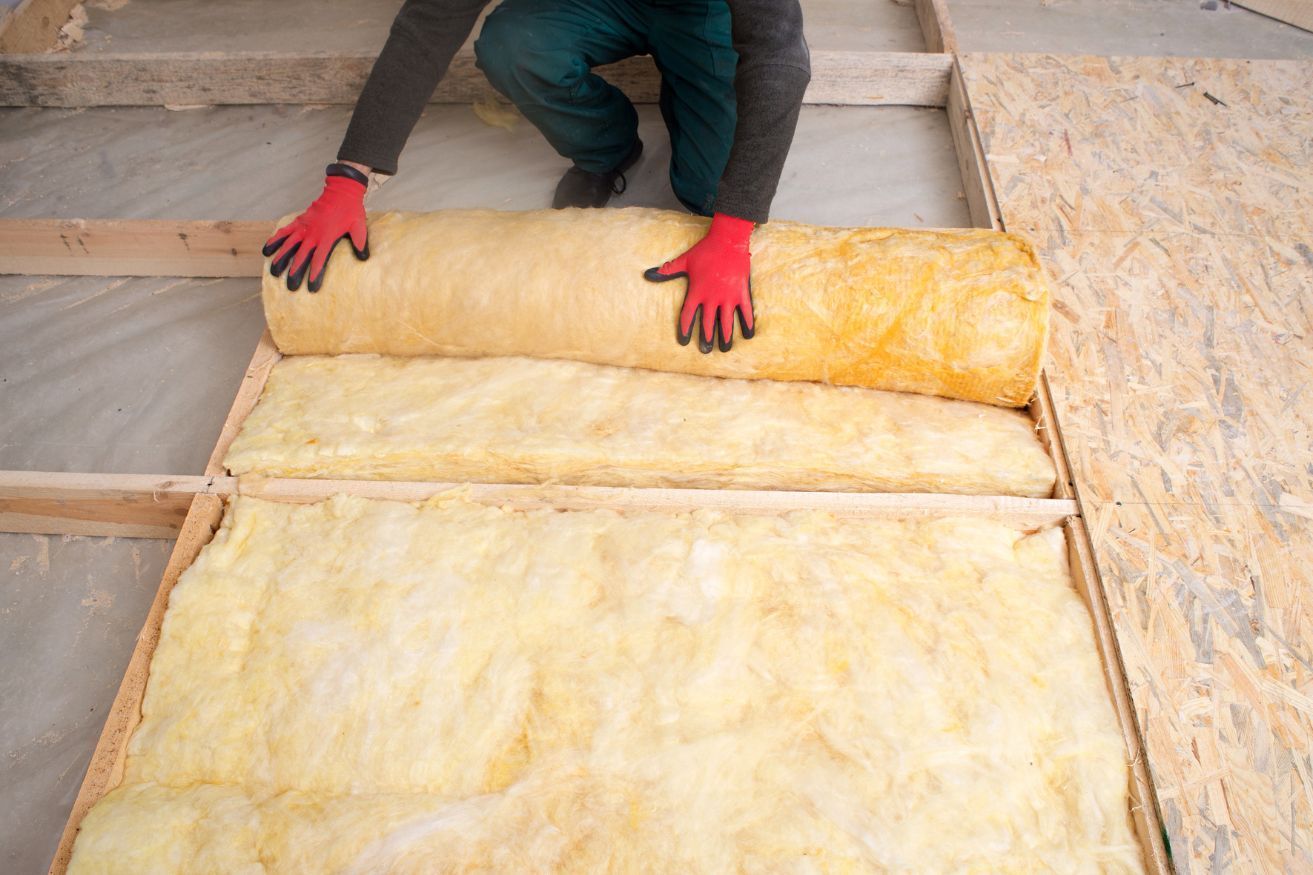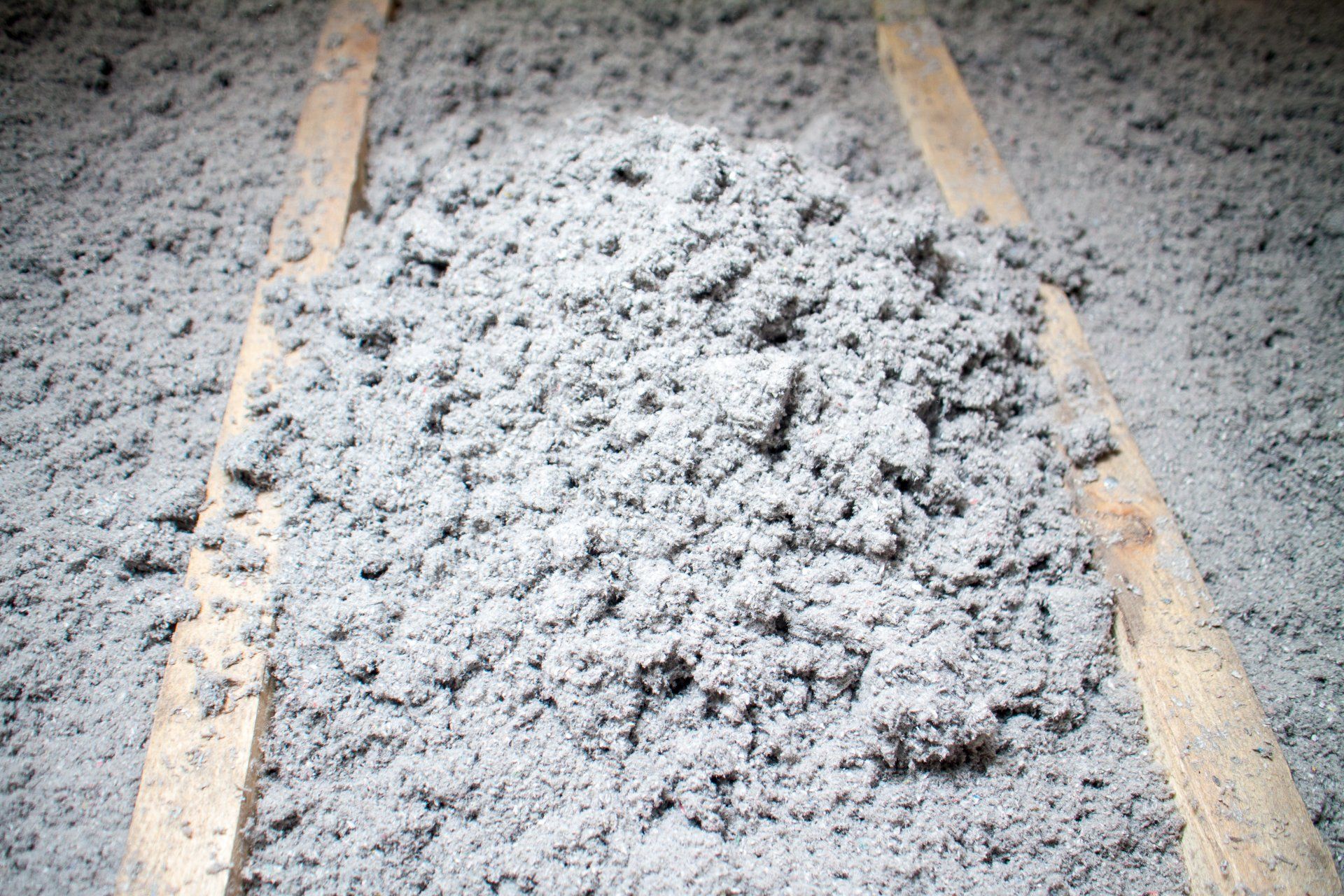Health Risks Associated with Attic Mold
Hey there! Let's dive into the world of attic mold and why it's more than just an eyesore. Mold in your attic can be a sneaky troublemaker, leading to potential health risks and structural issues if not dealt with properly. Whether you're a building contractor or an HVAC technician, understanding the dangers of attic mold and how to address it can be crucial. Let's break it down!
What is Attic Mold?
Attic mold is basically a type of fungi that grows in your attic when there's excess moisture. This can happen due to a variety of reasons like leaks, poor insulation, or inadequate ventilation. Mold loves damp, dark, and warm spaces -- and attics often fit that bill perfectly.
These fungi thrive on materials such as wood, paper, and fabric, making your attic's structure an ideal breeding ground. The spores can travel through air currents, spreading rapidly if conditions are favorable. Mold can start to grow in as little as 24 to 48 hours in the right environment, which is why it's essential to address moisture issues promptly.
Why is Mold in the Attic Dangerous?
Health Risks
Mold isn't just ugly -- it can be a health hazard. Breathing in mold spores can lead to respiratory issues, especially for those with allergies, asthma, or weakened immune systems. Symptoms can range from coughing and sneezing to more severe reactions like difficulty breathing and chest tightness.
Prolonged exposure to mold can exacerbate chronic health conditions and even lead to new health concerns. People living in homes with mold may experience persistent fatigue, headaches, and irritation of the eyes, skin, nose, and throat. In severe cases, mold exposure can contribute to the development of lung infections, particularly in those with compromised immune defenses.
Structural Damage
Aside from health risks, mold can also wreak havoc on your home's structure. It can weaken wood, damage insulation, and even spread to other parts of your house if not contained. This can lead to costly repairs and a decline in property value.
Mold can also compromise the integrity of your attic's framework, leading to potential safety hazards. Over time, mold can cause wood rot, resulting in sagging ceilings or weakened beams that may require extensive repairs or replacement. If left unchecked, mold growth can spread to drywall and other materials, further escalating repair costs and reducing the longevity of your home.
How to Spot Mold in Your Attic
So, how do you know if you have mold in your attic? Here are some signs to look out for:
Musty Smell: If your attic smells earthy or damp, it might be mold. This distinctive odor is often one of the first indicators of mold presence, even before visible signs appear.
Stains and Discoloration: Look for black, green, or white spots on wood or insulation. Mold may appear as fuzzy patches or slimy textures, depending on the type and severity of the infestation.
Water Leaks: Check for signs of water damage, as mold often follows leaks. Stains, peeling paint, or warped wood are red flags that moisture has infiltrated your attic space.
Regular attic mold inspections can help catch these issues early before they become big problems. Utilizing a flashlight or moisture meter can aid in identifying hidden mold growth in corners and behind insulation.
Effective Ways to Kill Mold in Attic
If you've spotted mold, don't panic! There are several ways to tackle this problem.
DIY Mold Treatment
For small areas, you might be able to handle the mold yourself. Here's a simple method to try:
Protect Yourself: Wear gloves, a mask, and goggles. Personal protective equipment is crucial to prevent inhaling spores or coming into direct contact with mold.
Ventilate: Open windows and use fans to circulate air. Proper ventilation helps reduce humidity levels and discourages further mold growth.
Clean: Use a mixture of water and detergent to scrub the moldy area. Let it dry completely. A soft brush can help remove mold without damaging surfaces.
Disinfect: Apply a mold-killing solution, like vinegar or a commercial cleaner, to prevent regrowth. Be thorough and ensure the area is well-dried to avoid residual moisture.
Professional Mold Remediation
For larger infestations or if you're unsure about tackling the mold yourself, hiring a professional attic mold remediation service is the way to go. They have the tools and expertise to safely and effectively remove mold and treat the area to prevent future growth.
Professionals can assess the extent of mold contamination and identify underlying moisture problems. They use specialized equipment like HEPA vacuums and air scrubbers to ensure thorough cleaning and containment. Their expertise can also guide you in implementing long-term solutions to prevent mold recurrence.
Preventing Mold in the Attic
Prevention is key when it comes to mold. Here's how to keep your attic mold-free:
Improve Ventilation
Ensure your attic is well-ventilated to prevent moisture buildup. This might mean adding vents or fans to increase airflow. Good ventilation helps maintain a consistent temperature and reduces humidity levels, creating an environment less conducive to mold growth.
Consider installing a ridge vent or gable vents to enhance natural airflow. Attic fans can also be beneficial in more humid climates, providing mechanical assistance in expelling moist air.
Fix Leaks and Seal Cracks
Regularly check for leaks in the roof and seal any cracks to keep water out. This is especially important after storms or heavy rain. Promptly repairing damaged shingles or flashing can prevent water from seeping into the attic.
Inspect the attic for signs of condensation, which can indicate inadequate sealing or insulation. Addressing these issues can significantly reduce moisture and the likelihood of mold growth.
Insulation Matters
Proper insulation can help maintain a stable temperature in your attic, reducing the likelihood of condensation and mold growth. Consider consulting with an insulation expert to find the best materials for your space.
High-quality insulation not only keeps your attic dry but also improves energy efficiency, lowering heating and cooling costs. Evaluate your current insulation's R-value and consider upgrading to more resistant materials if necessary.
Regular Inspections
Make attic mold inspection a routine task. Catching mold early can save you a lot of headaches (and money) down the road. Schedule seasonal inspections, especially before and after extreme weather conditions, to ensure your attic remains mold-free.
Using technology like infrared cameras can help detect hidden moisture and potential mold growth areas, providing a proactive approach to mold prevention.
Finding Attic Mold Removal Companies Near Me
If you need professional help, searching for "attic mold removal companies near me" or "attic mold remediation services" is a great place to start. Look for companies with good reviews and experience in mold remediation to ensure a job well done.
Check for certifications from industry organizations like the Institute of Inspection, Cleaning and Restoration Certification (IICRC) to ensure the company adheres to industry standards. Request quotes from multiple companies to compare services and pricing, ensuring you receive quality service at a fair price.
Final Thoughts
Attic mold might seem like a minor inconvenience, but it can lead to significant health and structural issues if not addressed. By understanding the risks and taking proactive steps to prevent and treat mold, you can keep your attic -- and your home -- safe and sound.
Remember, whether you're a contractor ensuring the best materials for insulation or an HVAC technician optimizing ventilation, your knowledge and actions can make a big difference. Stay mold-aware and keep your spaces healthy!
Attic maintenance is an ongoing responsibility that pays dividends in preserving your home's integrity and your family's health. Let's keep those attics fresh and mold-free, ensuring they remain a safe haven and valuable space in your home.
